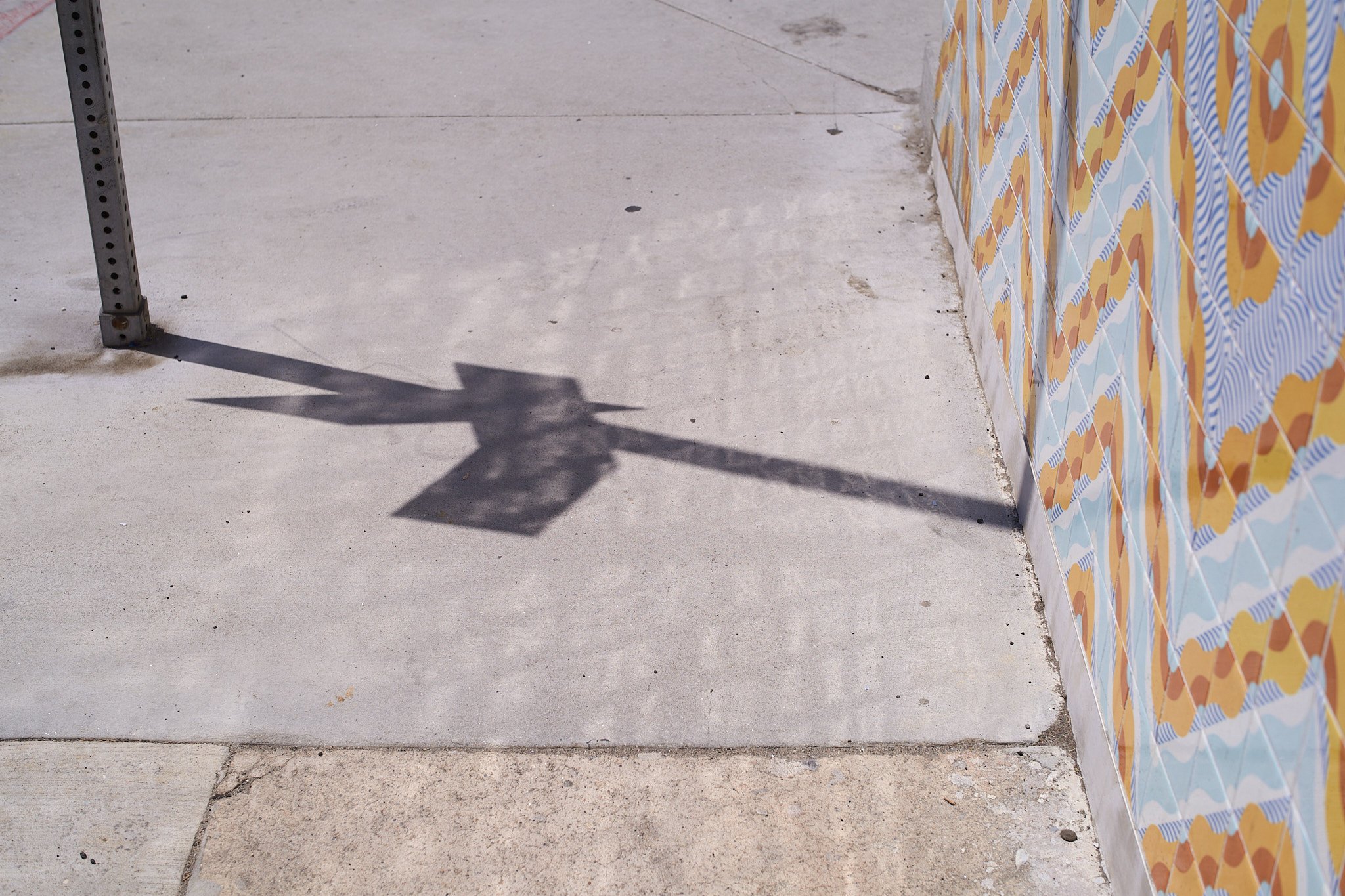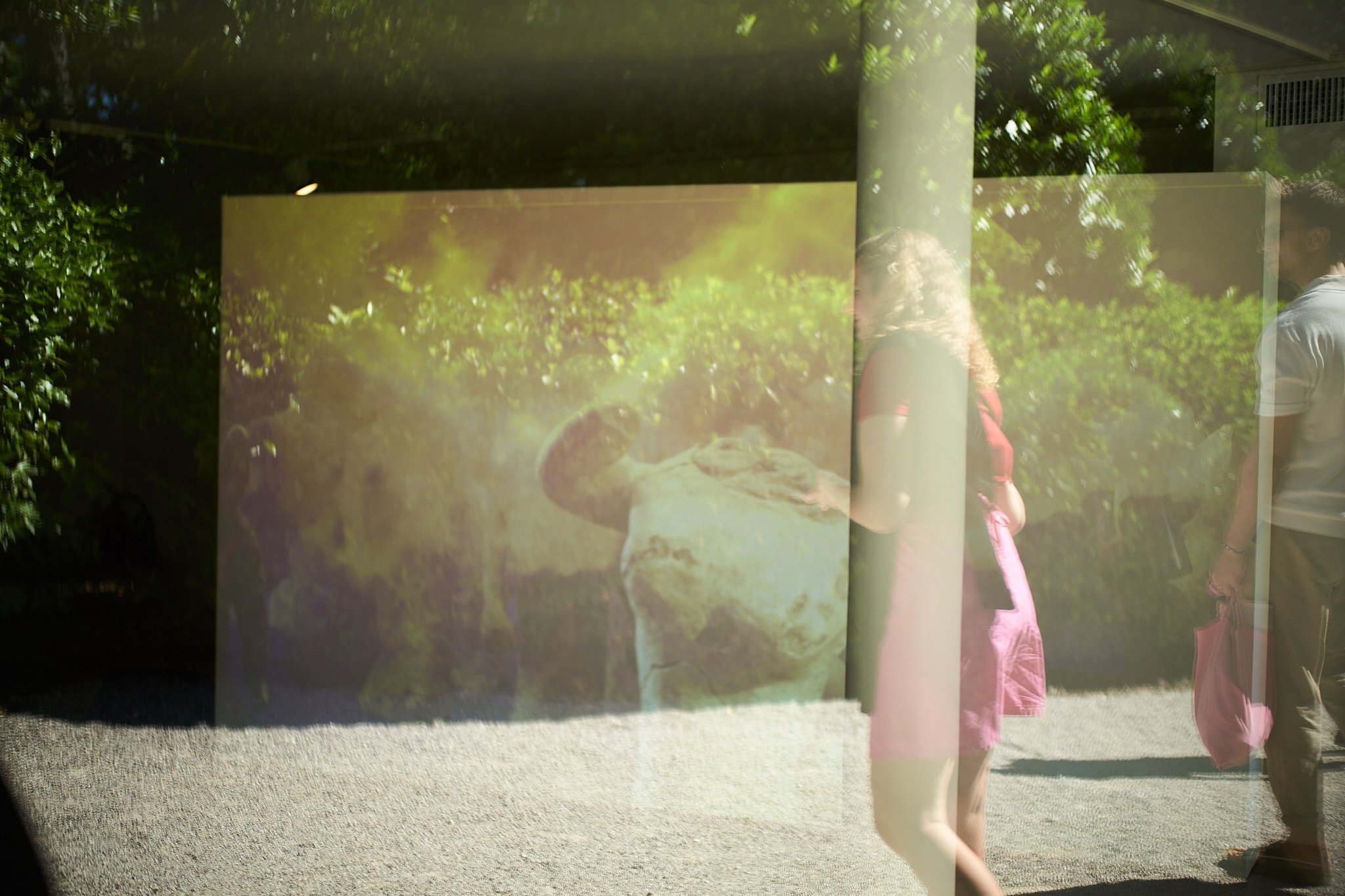2touch the 夢の続き - continuation of this dream -
I close my eyes
to see the sky
clouds shifting east, from the sea
somewhere, I hear my Kokoro No Koe - 心の声-
Read More
2touch the 夢の続き - continuation of this dream -
I close my eyes
to see the sky
clouds shifting east, from the sea
somewhere, I hear my Kokoro No Koe - 心の声-
Read More
is it toxic?
not sure ちゃんと見とけ
an epiphany,
everything - the past, the present, the future, all in one, in clay
no you are one of the lucky ones

Venezia, light object found on the street
The field that we walked
Read More
credo che l'immaginazione completi la realtà
I believe imagination completes reality.
yet,
not everyone wants to see or hear the truth.
but
paint can do everything. art as the by product. the sacred agreement. sense of play.
- Leidy Churchman
Read More
what is this that I hear?
learn to lover harder.
Fighter like me.
that Landing Point
the notes, where? place them. as you wish. - essence
Read More
curation that is life
choice that is in your hands
or is it so?
all an illusion?
時が震える
月が消えてく
time wavers, and moon disappear
Read More
Downtown LA. Sunset, shining through the wide window and reflecting off of it. Inside sits this object, rays demanding attention. Parthenon, delivered.
That sound that comes out of you for the first time.
That is
I see light. And yellow, blue.
Read MoreThere is nothing more important in this world than your breath.
When your breath ends, your journey has ended.
It’s as simple as that.
That’s it!


light and shadow,
light to shadow.
light, Hammer museum, UCLA.
Shadow, I don’t remember where anymore.
spiace, ho dimenticato.
Read More
Nikko, Japan

Preparing for the Japan, Cambodia, Thailand assignment starting in a few days.
Read More
Much focus on music. Digging into, catching up with German pop.
Read More
A superb, must see documentary film by Wim Wenders - Anselm (2023) - Official Trailer, on the German contemporary artist Anselm Kiefer. Stunning. Great for learning the artist and his works.
Danh Vo Interview: Art Should Estrange - experiencing his work at the Venezia Biennale Arte 2015 Danish Pavilion may have been the first true and deep encounter with contemporary art. Continuing the research on the artist.
Other contemporary art research Berlinde De Bruyckere (Interview). And found this nice video of the actual Pierre Huyghe <Liminal> exhibition at the Punta Della Dogana.


In the desert. The harsh Joshua Tree, Palm Springs, LV, then the soothing breeze that is the Pacific Ocean. Julio. Second half of this year. Refocusing on the rest of the year.
Read MoreTheme - Ghost & angeles - Angelology, the research topic of the time for the new photo book to come.
Read More
Photo essay from Venezia Biennale Arte, the city and the people of Venezia during the event documented.
Cycle of life, is always amongst us, it was, it is, and it always will be